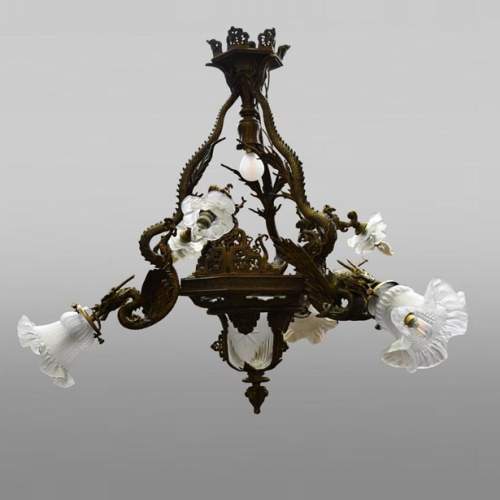Your selection is currently empty.
Here are the latest objects in our stock:
Dimensions:
Height: 67
Diameter: 80
Dimensions:
Width: 197
Height: 303
Depth: 68
Dimensions:
Width: 121
Height: 202
Depth: 5
Dimensions:
Width: 72
Height: 255
Depth: 40
Dimensions:
Width: 20
Height: 44
Depth: 9
Dimensions:
Width: 2300
Height: 172
Depth: 3
Dimensions:
Width: 149
Height: 215
Depth: 48
Dimensions:
Width: 55
Height: 269
Depth: 28
Dimensions:
Width: 125
Height: 136
Depth: 57
Dimensions:
Width: 845
Height: 61
Depth: 2












